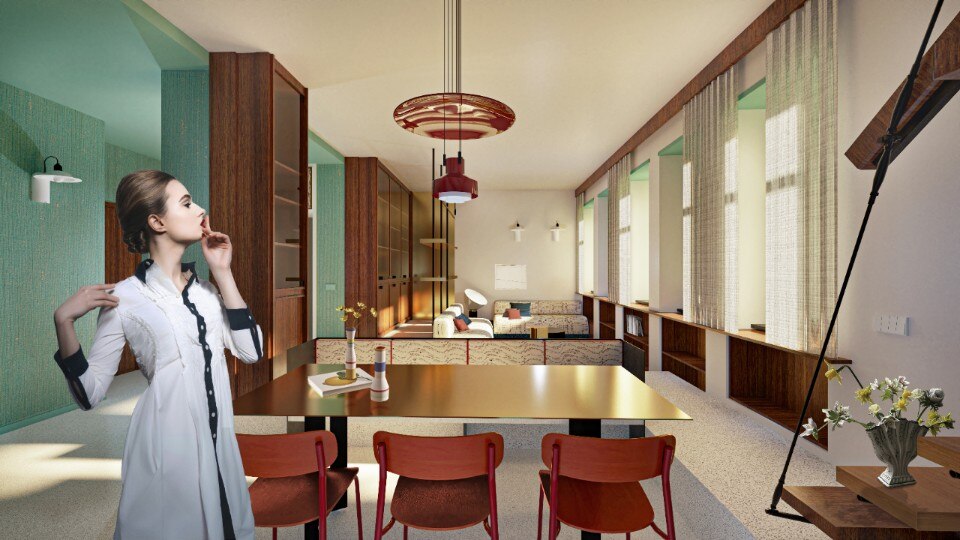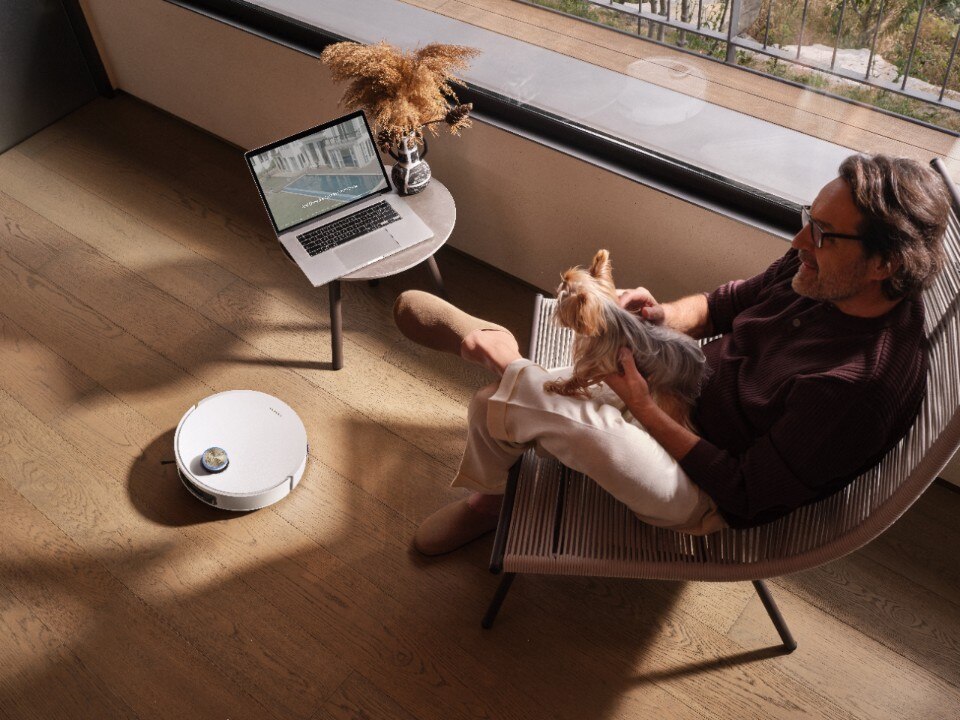
Among his many accomplishments, Joshua co-founded and co-edits a poetry review entitled Maayan Magazine http://www.maayanmagazine.com), co-curated the exhibition and book The Aesthetics of Terror (http://www.aestheticsofterror.com), and teaches curatorial practice, but also has an astonishingly profound knowledge of the architectural history of the White City, the historic core of Tel Aviv that served as a testing ground and laboratory for the urban and architectural precepts of the Bauhaus movement.
The Mann Auditorium is part of a cultural district that is undergoing extensive renovation and expansion work. Its neighbours include the beautiful, low-slung Helena Rubinstein Pavilion. The pavilion, designed by Jacob Rechter, opened in 1959 to serve as a second venue for Tel Aviv Museum of Art and its growing collection of works. (A new 20,000 sqm venue for the same museum, designed by Preston Scott Cohen, is now under construction).

Adjacent to the Helena Rubinstein Pavilion is another beautiful, low, open-walled building containing a small garden – also designed by Rechter, and named Jacob's Pavilion in honour of its architect. It is currently under renovation, but one can still admire the beauty of the fig tree climbing skyward and piercing the lightweight concrete roof.


Next to the japanese garden building stands, or rather towers, the newly-renovated National Theatre building. Its inflated scale is rather incongruous in the context of the low-slung proportions of the modernist cultural buildings that surround it - a fact that was apparently widely criticised, but only when it was already too late.

In the foreground, a rather beautiful sculpture by Menashe Kadishman; in the background, the Mann auditorium (lit up for the Furniture Fair revelries). Between the two, the building site of the National Theatre's car park, which has now been under construction for over five years:


Walking away from the theatre, Joshua points out that this wide, tree-lined boulevard ends not at the National Theatre itself, as it would in Hausmann's plan for Paris, but at the theatre's car park. The theatre itself is just round the corner. Tel Aviv's great buildings and monuments are always just around the corner, in fact; symmetries and sightlines are not the essence of this city's identity, but perhaps that's what gives the capital of Mediterranean modernism a particularly human, unintimidating dimension. Tel Aviv's original masterplan was drawn up by Patrick Geddes in 1925 and implemented by the city council, operating under the directives of the British Mandate. Geddes – who, incidentally, was a biologist by training – was an exponent of the Garden City movement, and saw in this commission the opportunity to test Ebenezer Howard's ideas in a marine setting; as such, Tel Aviv could e described as the lovechild of a casual Mediterranean encounter between Gropius and Howard, a union that at first might seem incongruous but turned out to be inspired. A surprisingly large number of the urban gardens that resulted from this masterplan still exist, and the White City is today a UNESCO world heritage site.

Slightly further up Sderot Rothschild we come upon the Angel House, the fruit of Tel Aviv's very first encounter with Modernism. "The first building in the city to rest on an open storey of supporting columns", a plaque reads, "was inspired by the architect Le Corbusier", and built just 5 years after the completion of Ville Savoye. The architect is Zeev Rechter, father of Jacob Rechter – the author of the pavilions where our tour began.


Few traces of the building's former Modernist glory remain today. The ground floor has been largely walled up, probably to serve as a shelter during the many conflicts that have wracked the city since the twenties, and the upper floors, although inhabited, are in a state of disrepair; nevertheless, there is a romantic beauty to decaying modernism that arguably equals a pristine renovation in its appeal. Buildings such as this one, Joshua tells us, are today frequently the property of a slew of heirs, making restoration difficult.

Slightly further down the road, on the fringes of the financial district, we happen upon a very different scenario. A mansion from the Colonial period in eclectic style has been perfectly restored in every detail; this, apparently, as a result of a zoning law that gives developers permission to build soaring skyscrapers in the former gardens of historic properties in exchange for their renovation. The price of the perfection of the building in the foreground, in other words, is the glass-and-steel monster in the background.

However urbanistically questionable the policy outlined above may be, in terms of its effects on the historic fabric of a city such as Tel Aviv, there is a certain Ballardian appeal to the violent clash of scales and architectural styles. Round the corner we happen upon a synagogue, wedged between two skyscrapers and hovering above an underground car park. One always treasures a dome when one finds one in Tel Aviv, a city of parallelipipeds, according to Joshua.

In the distance, we spot the Shalom Tower. Although Tel Aviv is famous for its Bauhaus-style modernism, it is home to a vast and largely underappreciated catalogue of Brutalist architecture from the sixties, seventies and early eighties. Although unremarkable at a glance from a distance, the Shalom Tower – the first truly tall building in Israel, built in 1965 – is a work of structural bravado, as not a single space-consuming column is employed in its construction. Rather, each of its 34 floors is built according to the logic of a suspension bridge that spans the void between two massive towers, each of which contains services, stairways and elevator shafts. As a consequence, the building is infinitely more impressive in photographs of the building site:

Another great image of the tower under construction can be seen here.
As Tel Aviv's status as financial capital of a wealthy (if embattled) nation continues to affirm itself on the international stage (Israel was recently upgraded from 'developing' to 'developed' by the FTSE Group), glass-and-steel towers, the physical embodiment of the accumulation of largely immaterial capital, puncture its skyline in increasing numbers, dwarfing the 142m tower, once the tallest building in the Middle East.
(With many thanks to Joshua Simon for generously sharing his time and knowledge of Tel Aviv).
Joseph Grima

For a new ecology of living
Ada Bursi’s legacy is transformed into an exam project of the two-year Interior Design specialist program at IED Turin, unfolding a narrative on contemporary living, between ecology, spatial flexibility, and social awareness.


